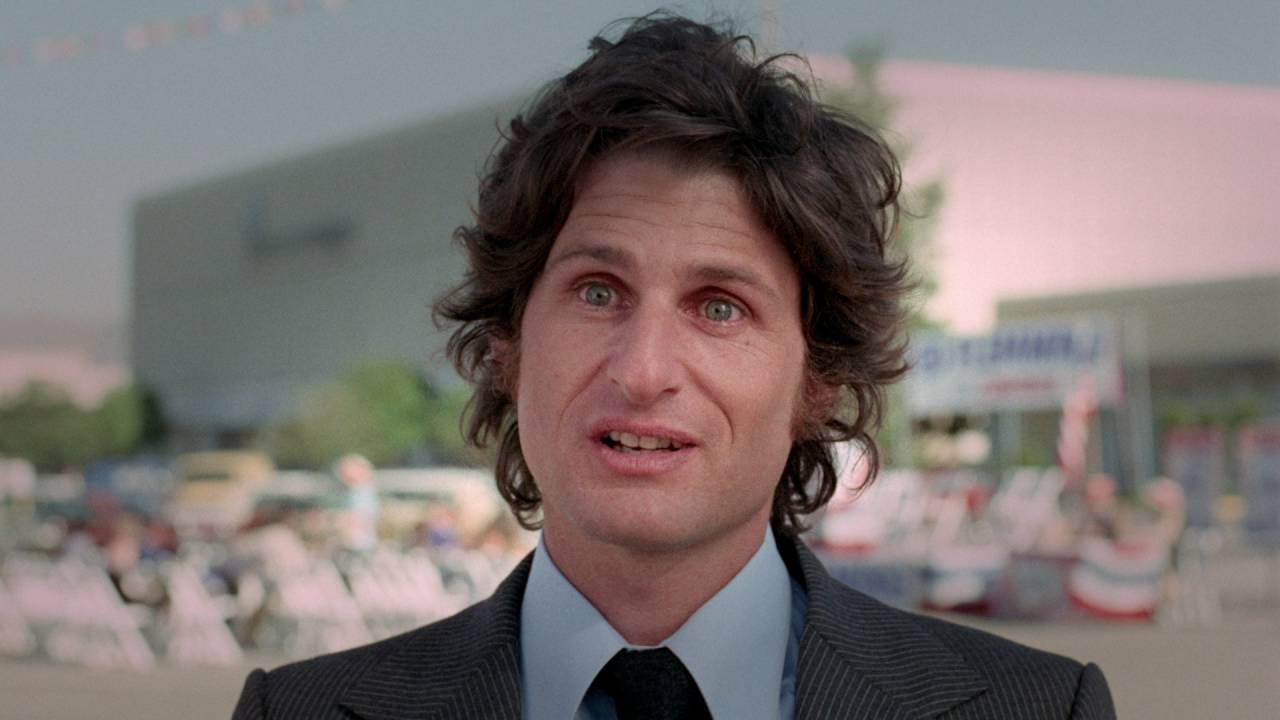
The science fiction genre has always been financially successful. When you look at the box office numbers, you begin to realize that some of the biggest contemporary releases fit within the genre. Even if you ignore the superhero genre, you’re still left with movies as gargantuan as Avatar: The Way of Water, Jurassic World: Dominion, and A Quiet Place Part II. These movies sell tickets, but unfortunately, not every entry in the genre is that successful.
This remains true when you venture back to the past. Again, you have some undeniable classics, but as is the case with every genre, there are films that simply go unnoticed. That’s why this list exists.
Below, you’ll find ten science fiction classics that unfortunately fell by the wayside. These movies offer just as much quality as their blockbuster brethren, but they sadly failed (and perhaps continue to fail) to ignite the world.
Science fiction is a relatively broad genre, so there’s no guarantee that every entry on this list will click with every individual. That being said, there is an eclectic assortment, and as such, there should be something worthwhile for everybody.
1. My Twentieth Century (1989)

In terms of critical acclaim, My Twentieth Century is anything but underrated. The Hungarian sci-fi comedy sits at an impressive 100% on Rotten Tomatoes, and while that’s partially due to a low review count, it’s hard to ignore just how glowing the reviews are. By all accounts, professional critics tend to call it a masterpiece. Of course, this list doesn’t revolve around critical acclaim; it focuses more on the general public’s reaction. To most casual movie-watchers, My Twentieth Century is nothing.
Maybe that’s for the best. Like a lot of films on this list, nobody would claim this is an accessible watch. Its status as an out-and-out arthouse film is debatable, but at the very least, it’s a rollercoaster made up of various tones and narrative decisions. Frankly, it’s hard to believe that, with so many contrasting elements, it still feels like a cohesive final product.
Indeed, it’s a daunting watch, but it rewards patient viewers looking to explore the labyrinthine themes. It touches on the impact of massive technological advancements, it touches on the gender roles of the time, and above all, it touches on human nature. It’s both beautiful and confounding, and if you let it wash over you, it’s a game changer.
2. Dead Man’s Letters (1986)
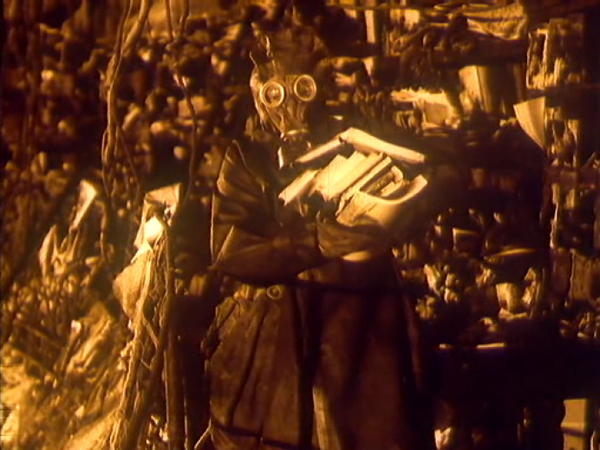
Konstantin Lopushansky’s directorial debut is a grim, thought-provoking post-apocalyptic nightmare that feels hopeless in the best possible way. Lopushansky, who previously worked with acclaimed director Tarkovsky, gives viewers a technical feat that may well be one of the greatest post-apocalyptic movies you (probably) haven’t seen. It’s not easy to sit through, but it’s as powerful as it is memorable.
The film, which takes place in a bunker shortly after a nuclear war, forces viewers to ask big questions. What is life without humanity? Why do we wake up every morning? It’s startling in its ambition, and even more startling in its willingness to dive into such depressing territories. By today’s standards, it could be considered too slow or too depressing, but fans of Tarkovsky’s work will no doubt appreciate the effort that was put into this film.
3. Gandahar (1987)
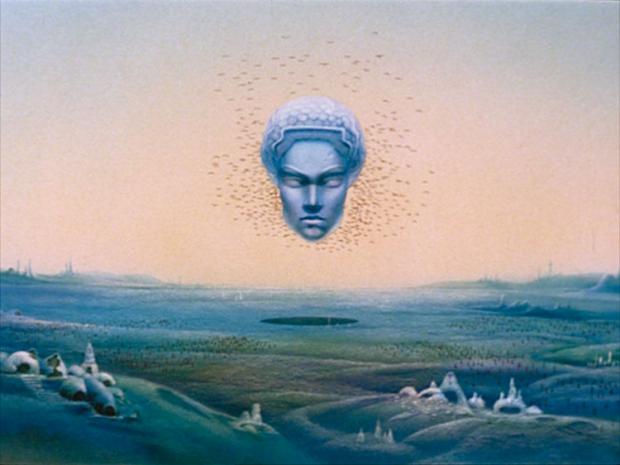
French animator René Laloux is best known for Fantastic Planet, a critical darling that continues to be listed as one of the greatest animated films of all time. While Fantastic Planet is arguably the director’s magnum opus, his other two releases are by no means failures. On the contrary, they do a fantastic job of proving that Laloux is an auteur capable of crafting mind-binding visual feasts. Gandahar, for example, is a cerebral slice of adult animation that manages to titillate at every given opportunity.
It doesn’t stray far from Laloux’s previous works; it covers a lot of the same themes and story beats. However, when you consider how idiosyncratic these features are, it’s hard to complain. If you liked Fantastic Planet, it’s hard not to like Gandahar as well. Laloux has a distinct style, and if that style works for you once, it should continue to work for you.
4. Phase IV (1974)
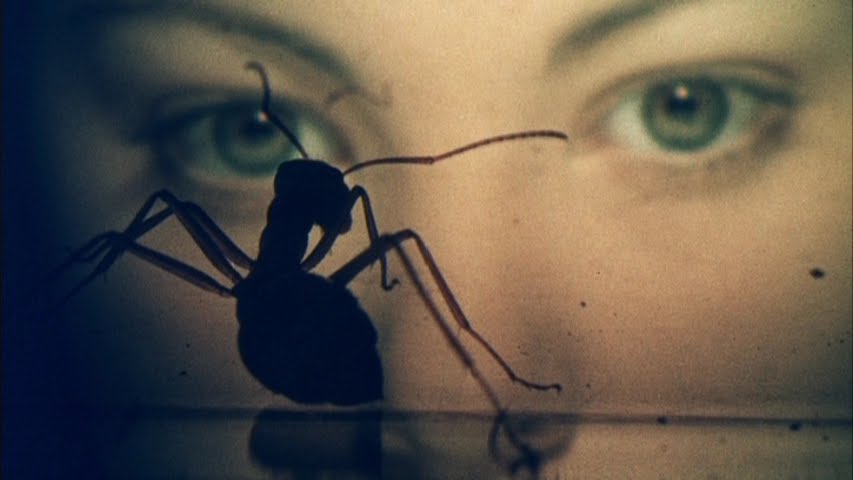
American graphic designer Saul Bass worked for some of the greatest directors to ever live. His unique, visually arresting title sequences continue to entrance viewers decades later. That being said, his work as a director has unfortunately left little to no impact. His only feature length film, Phase IV, was a critical and commercial disaster following its release. Although it has since developed a small cult following, it’s mostly regarded as a failed experiment.
That assessment is unfair. Phase IV takes what you know about creature features and completely shatters your expectations. In the film, a mysterious event causes ants to rapidly evolve, resulting in a superior hive mind that allows them to complete tasks with unparalleled efficiency. Following this revelation, the plot slows down rather than speeds up.
Even fifty years later, the decision to pump the brakes feels unusual. Similar films revel in chaos, but Phase IV offers a more heady, solemn experience. The unconventional pacing can cause certain moments to drag, but buried beneath the jargon-heavy monologues is a stunning showcase of special effects that also happens to feature compelling characters.
Given Bass’s history with graphic design, it should be no surprise that the visuals are mesmerizing. Even today, Phase IV continues to look incredible. While certain visual effects are worth the price of admission alone, it certainly helps that there is a story worth telling. Sure, it’s not told in a conventional manner, but there is clearly an audience that will absolutely adore Phase IV.
5. Blue Sunshine (1977)
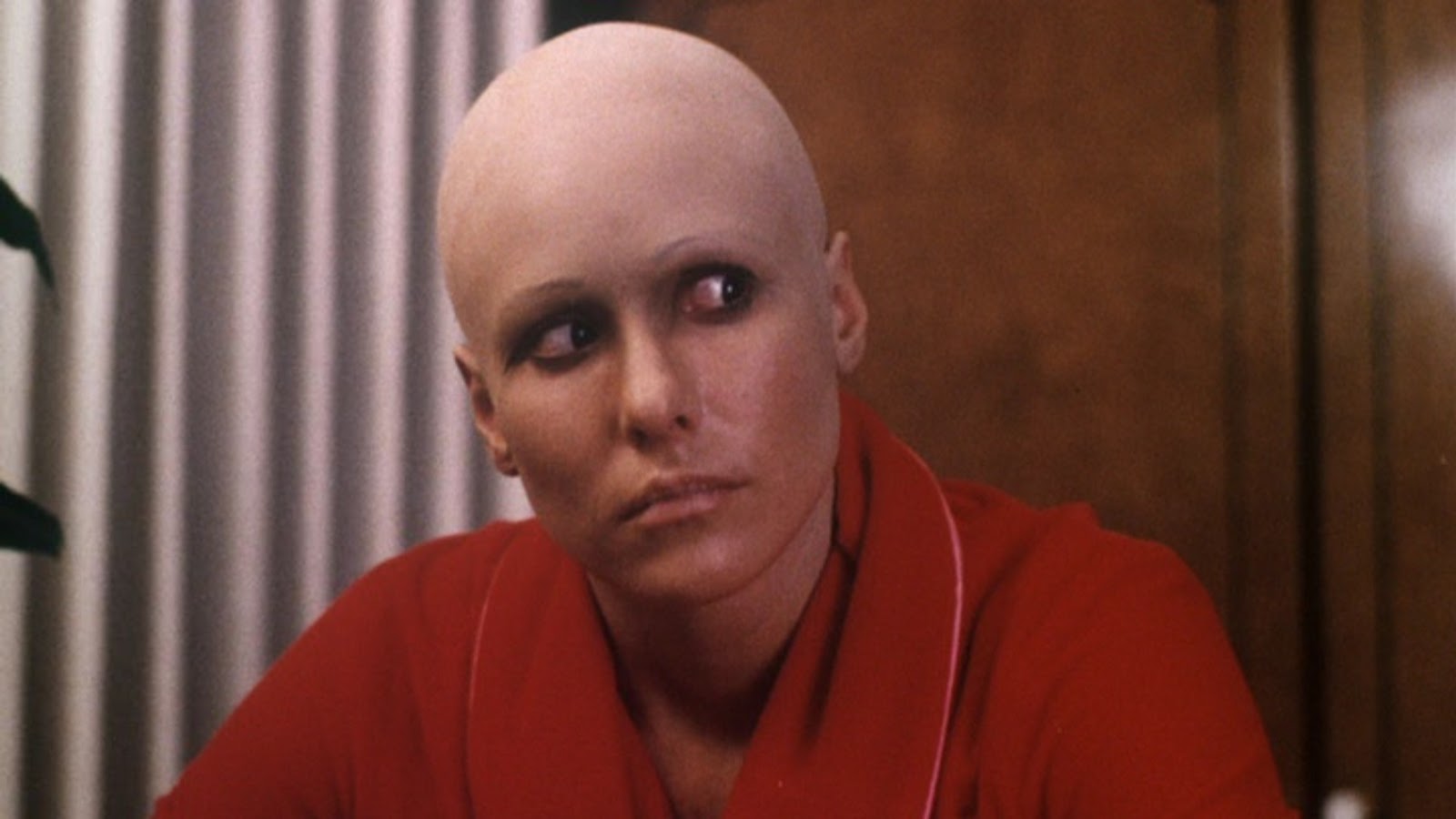
In Jeff Lieberman’s campy sci-fi horror release, Jerry Zipkin, played by Zalman King, witnesses a psychotic breakdown during a party. This rampage results in the death of several party guests, and Zipkin is the only character left alive. In an effort to prove his innocence, he tries to connect the dots, eventually discovering that these murders may be linked to an unusual brand of LSD. From there, the protagonist does everything he can to expose this conspiracy
As a satire of the war on drugs, Blue Sunshine isn’t entirely successful. While most failed satirical films hit viewers over the head, this one might actually be too subtle for its own good. Without much analysis, Lieberman’s script can be interpreted as a straightforward piece of anti-drug propaganda. It’s not quite Reefer Madness levels of crazy, but there’s certainly a case to be made. That being said, Lieberman has labeled it a “satirical statement” in at least one interview.
Even if its message isn’t always clear, Blue Sunshine is massively successful as a piece of entertainment. Lieberman knows how to keep people engaged, and his knack for crafting eccentric characters is unparalleled. It’s hard not to be entertained by bald murderers tripping on acid, but when you factor in the likable ensemble, you’re left with a low-budget cult classic that should fill you with pure joy. It’s not exactly an intellectual exercise, but it is an excellent way to spend ninety minutes.